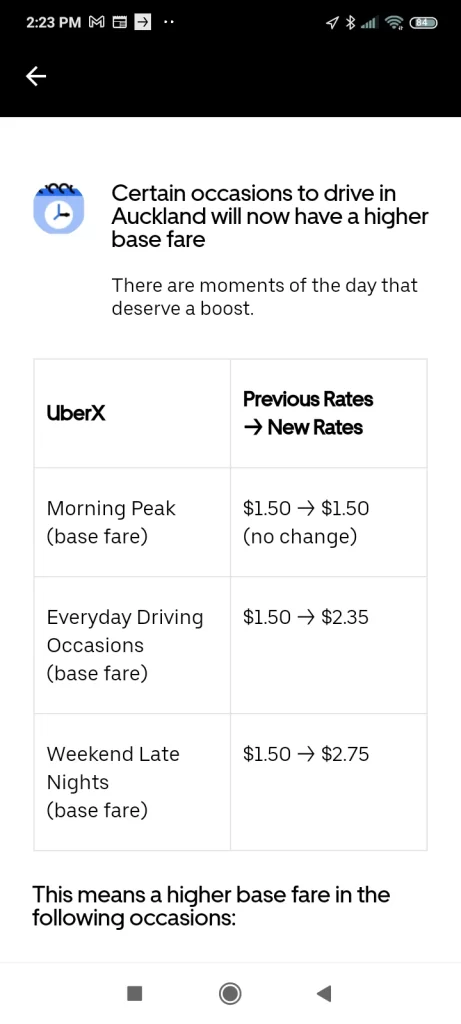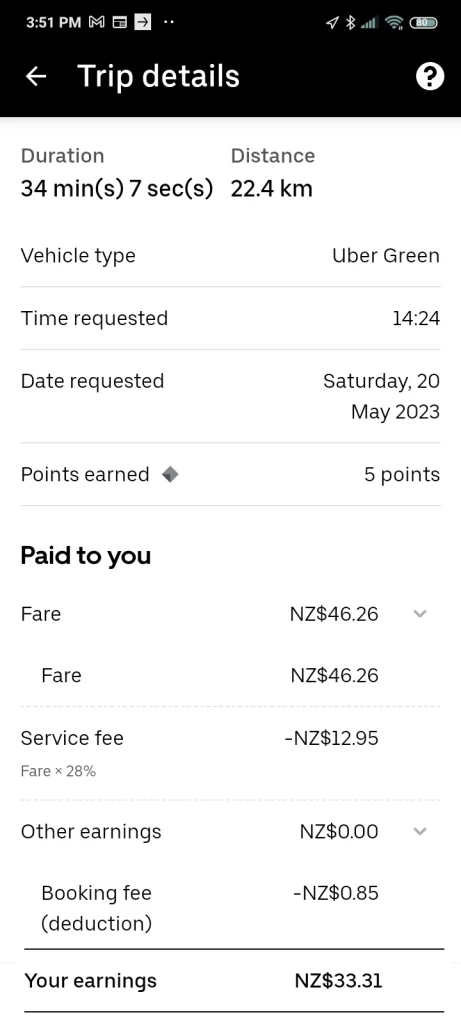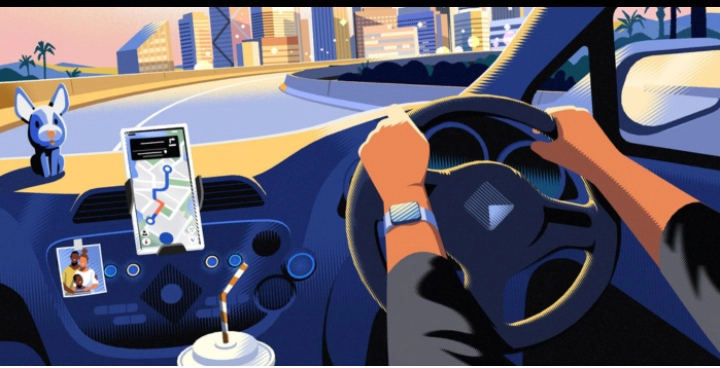In the rapidly evolving gig economy, Uber has become a prominent player, offering convenient and accessible transportation services. However, behind the convenience lies a complex system of fare calculations that have drawn both scrutiny and curiosity. This article aims to delve into the intricacies of Uber’s fare calculations, considering research findings, legal cases, and the experiences of drivers in Auckland, New Zealand.
Understanding Uber Fare Calculations
Uber’s fare calculation system is a multifaceted algorithm that takes into account various factors such as distance, time, base fare, surge pricing, and additional fees. The exact formula and weighting of these factors remain undisclosed, leading to what is commonly referred to as a “black box algorithm.” This lack of transparency has generated questions about how drivers’ earnings are determined and whether the system is fair.

The John Campbell Investigation
Renowned investigative journalist John Campbell conducted a comprehensive exploration of Uber drivers’ experiences. His research highlighted the challenges faced by drivers, including low earnings, lack of benefits, and the vulnerability of gig workers in the absence of employment protections. Campbell’s investigation shed light on the power dynamics within the gig economy and the limited control drivers have over their working conditions.
First Union’s Legal Battle
First Union, in collaboration with E tū, took legal action on behalf of Uber drivers in New Zealand. Their case aimed to establish drivers’ employment status and secure essential rights such as minimum wage, guaranteed hours, holiday pay, sick leave, and KiwiSaver contributions. The Employment Court’s ruling in favour of the four Uber drivers represented a significant milestone, acknowledging the need for worker protection within the gig economy.
The Complexity Unveiled
Despite the legal victory, the intricacies of Uber’s fare calculations remain largely undisclosed. While drivers receive a breakdown of their earnings, the specific calculations leading to the final fare can be difficult to decipher. The proposed fare changes mentioned in emails from Uber have created further confusion, as discrepancies arise between the stated base fare and the information provided by customer support representatives.

The Impact on Drivers
For many drivers, understanding how their earnings are determined is crucial to managing their livelihoods effectively. The case for joining First Union becomes relevant, as it offers potential collective bargaining power and a platform to advocate for improved conditions. However, the decision to join or not should be weighed based on individual circumstances, preferences, and the potential benefits provided by union representation.
Recommendations
- Seek Transparency: Uber should strive to enhance transparency by providing clearer information on fare calculations, ensuring drivers have a comprehensive understanding of how their earnings are determined.
- Empowerment through Unionization: Consider the potential benefits of joining First Union, which can provide a collective voice to address issues and negotiate for improved working conditions. Research the advantages, potential costs, and commitments associated with union membership before making a decision.
- Advocate for Industry-Wide Standards: Encourage discussions between ride-sharing platforms, policymakers, and worker representatives to establish industry-wide minimum standards, fair remuneration, and improved worker protections that account for the unique nature of gig work.
The complexity of Uber’s fare calculations, the legal battles fought by unions, and the ongoing discussions around gig economy labour practices highlight the need for greater transparency and fairness in the treatment of drivers. Understanding the intricacies of fare calculations can empower drivers to make informed decisions and seek necessary reforms within the gig economy. As the landscape continues to evolve, it is imperative that all stakeholders work together to create an environment that prioritizes the well-being and rights of workers in the gig economy.





